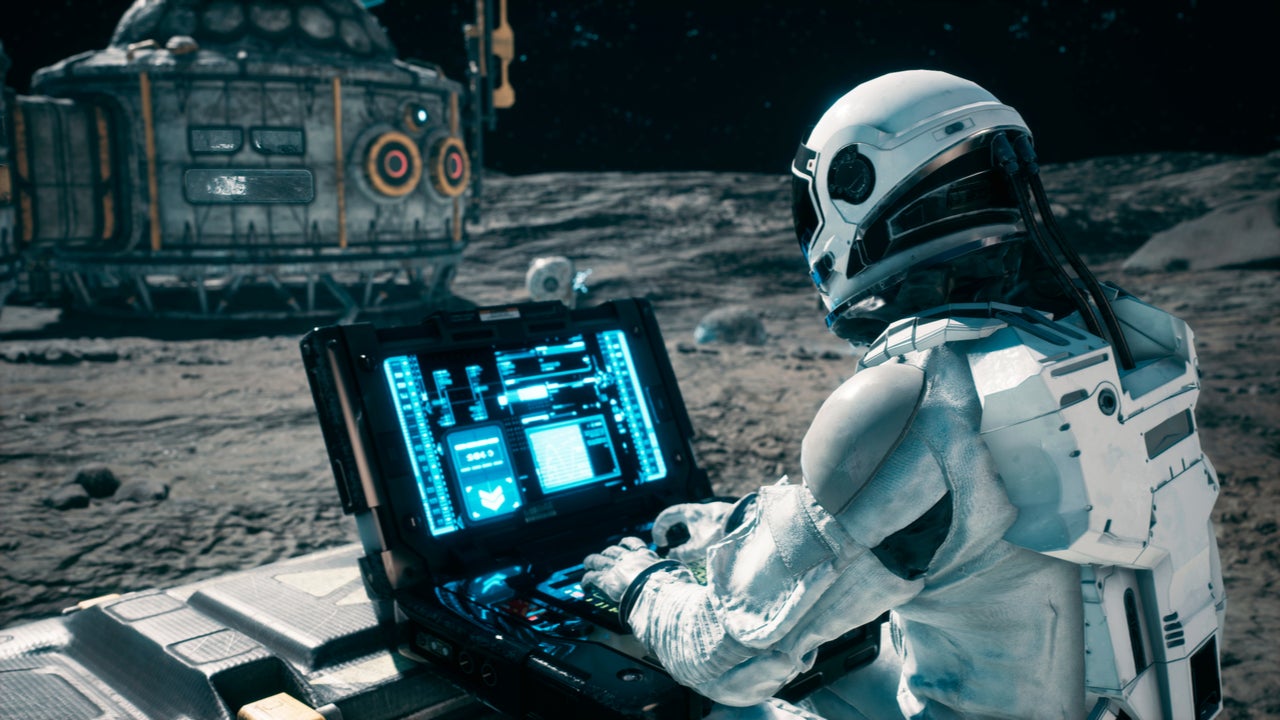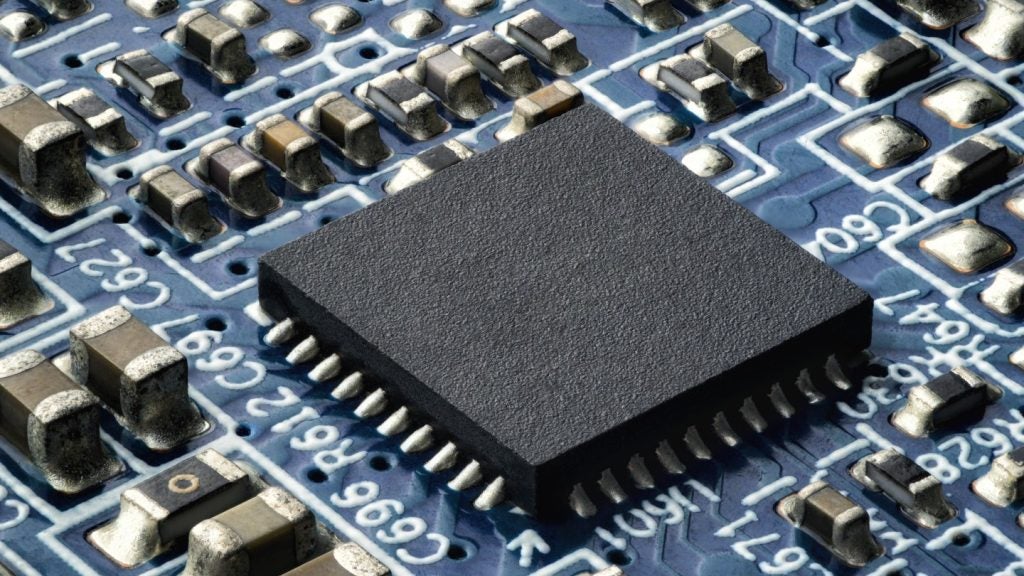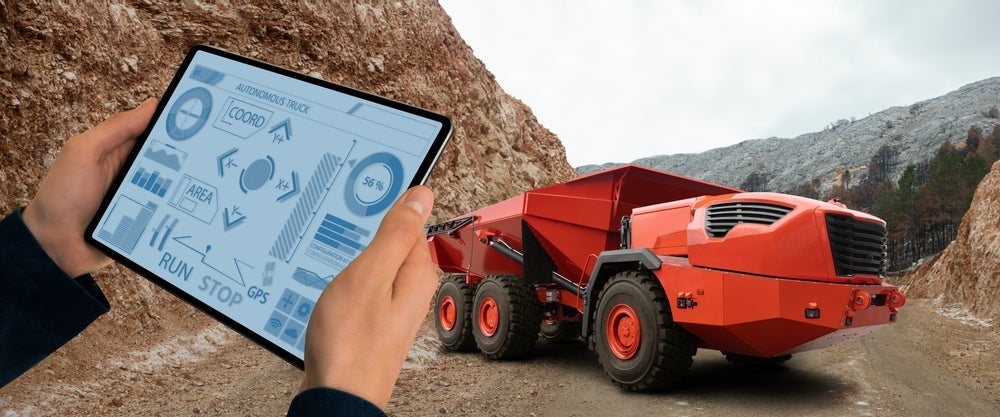Since its launch into space earlier this year, the Spaceborne Computer-2 (SC-2) on the International Space Station (ISS) has been enabling several important experiments, including the crop cultivation projects and efforts to monitor astronaut health.
These experiments showcase the potential for edge computing, cloud computing and open source software to advance space research and play a key role in missions to explore the Moon, Mars and beyond. These experiments have involved technology from IBM, Red Hat, Hewlett Packard Enterprise, and Microsoft, also illustrating the benefits of a collaborative approach by “big tech” to space exploration.
SC-2 speeds up data processing on the ISS
SC-2 is based on Hewlett Packard Enterprise’s Edgeline EL4000 converged edge computing systems, which combine data processing and data storage capabilities with analytics software. SC-2 is designed to process data obtained from hundreds of data-collecting sensors and instruments, including satellites and cameras.
The computer’s real-time data processing capabilities, which include Graphics Processing Units (GPUs) for artificial intelligence/machine learning workloads, significantly enhance the ability to learn from and act on data collected in space.
Traditionally, data collected in space had to be sent to Earth for analysis on hard drives – a process that would take weeks. Now, the ability to process data collected locally on the space station means that only data that requires deeper analysis needs to be sent to Earth.
Cloud and edge
This is where cloud computing comes into play. America’s space agency, NASA has teamed-up with Microsoft and IBM, whose cloud data centers on Earth are used to store and facilitate further processing and analysis of data collected in space. IBM for example is involved in an initiative to analyse DNA sequencing data, having developed a custom edge computing solution that runs on HPE’s SC-2.
The solution leverages Red Hat CodeReady Containers, which wrap analytical code in tiny digital containers. These are then transmitted to IBM’s cloud data centers on Earth where researchers develop, test and prepare code to be pushed back to the ISS.
The DNA sequencing project, called Genes in Space 3, is used for identifying microbes on the ISS. This can benefit multiple initiatives, including monitoring astronaut health, or discovering possible infections on the space station. The DNA research currently being carried out on the ISS is expected to play a key role in future missions, including NASA’s Artemis program, which envisages the establishment of a sustainable presence on the Moon en route to Mars.
Open source benefits
Another technology already supporting space exploration, and one that will benefit future missions to the Moon and Mars is open source, a type of computer software that allows anyone to study, develop, and share the software code. NASA has been using open source in some of its R&D projects for at least a decade: previous initiatives involving open source include the Mars Ingenuity Helicopter, while future initiatives include VIPER (Volatiles Investigating Polar Exploration Rover), which in 2023 will sent to the Moon to search for water.
The benefits of open source software to space exploration are now widely recognised – among them is the potential to combine diverse skills and perspectives to tackle complex challenges.
Used together, edge computing, cloud computing and open source promise to transform the way space exploration exploits the power of data, enabling a more efficient and rapid way of processing, analysing, sharing and acting on data. Ultimately this will ensure that space exploration is safer, an essential requirement for longer missions into outer space.








